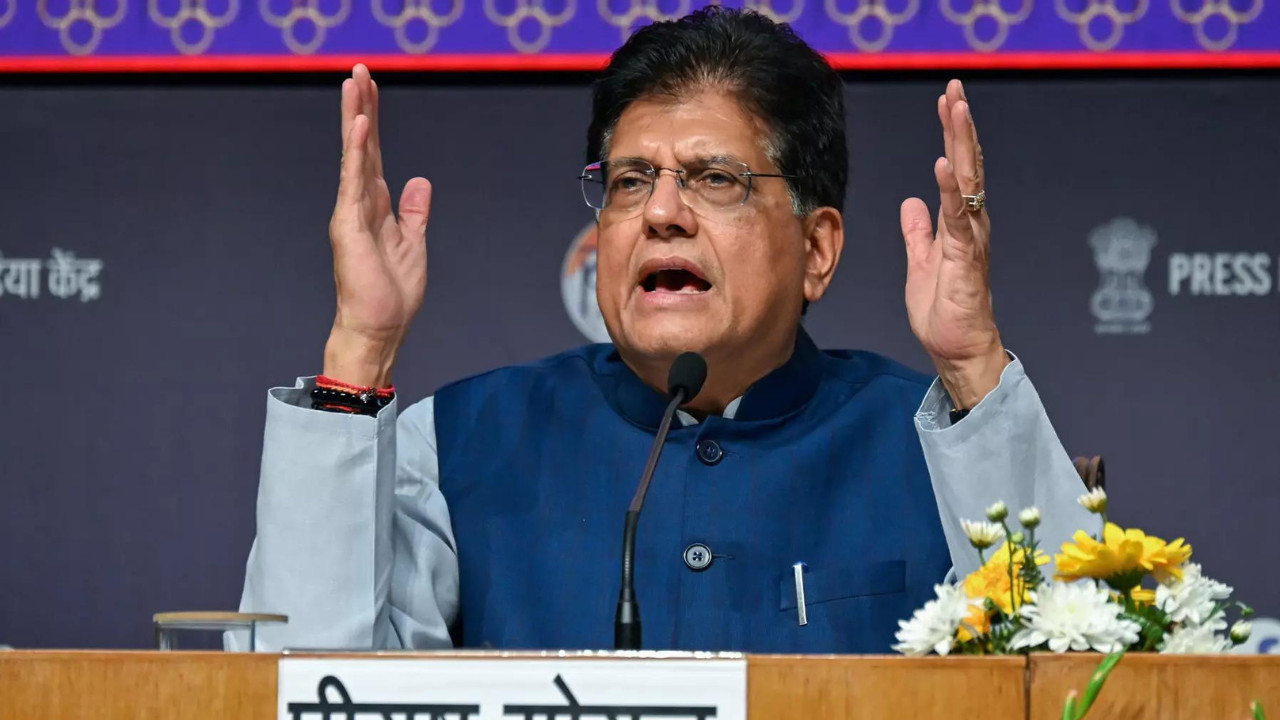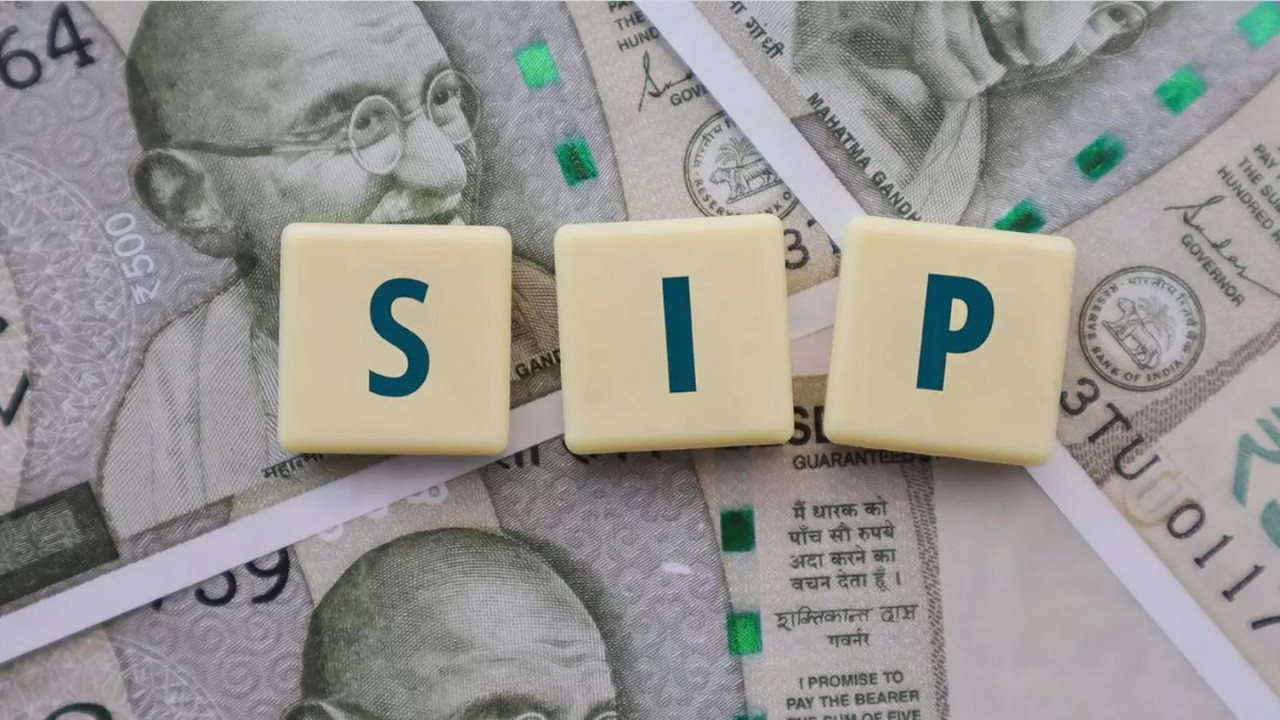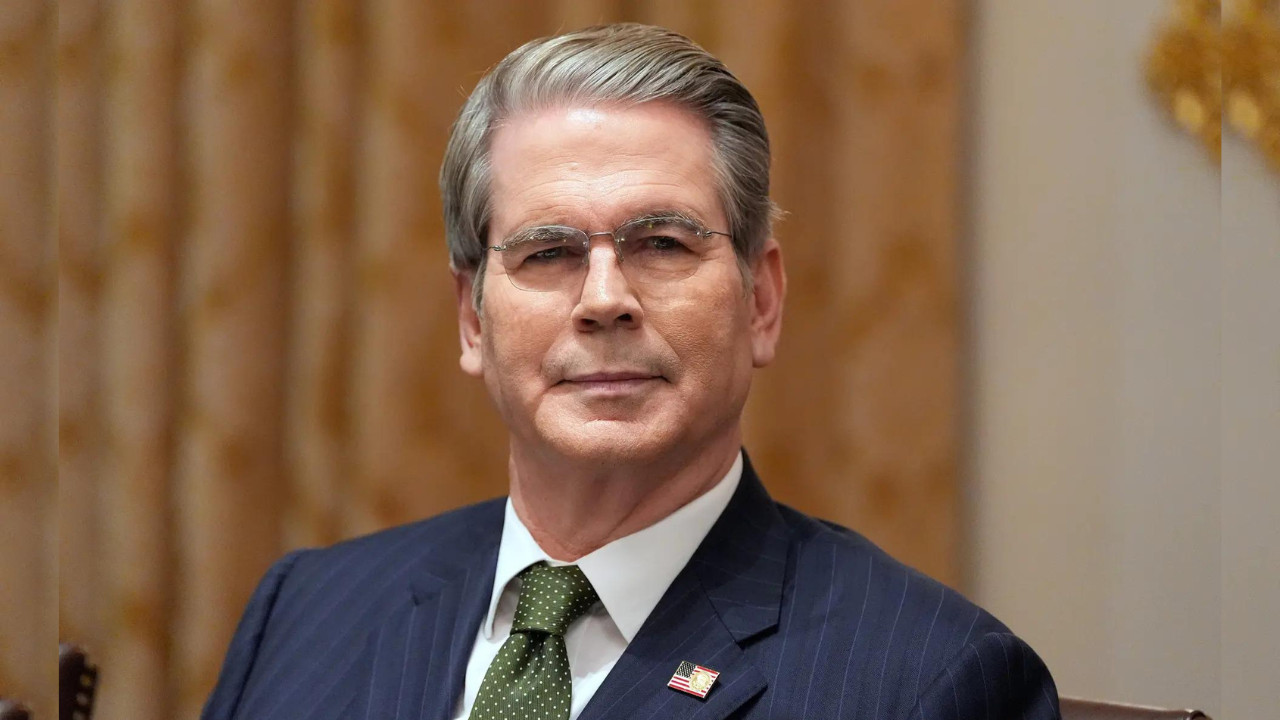Union commerce minister Piyush Goyal met with EU Trade Commissioner Maros Sefcovic to discuss outstanding issues in the proposed India-EU free trade agreement. This engagement precedes Goyal’s visit to Brussels, aiming to boost ongoing negotiations. Both sides are committed to resolving differences and redefining their relationship, with a goal to conclude talks by December.
India and EU: A Trade Tango Steps Closer to Completion
The aroma of cardamom and Belgian chocolate might soon mingle more freely, as India and the European Union are picking up the pace in their negotiations for a comprehensive Free Trade Agreement (FTA). Commerce Minister Piyush Goyal’s recent trip to Brussels signals a renewed push to iron out the remaining wrinkles and finally seal a deal that has been simmering for far too long.
Imagine a world where tariffs on Indian textiles entering Europe are drastically reduced, and European wines find an easier pathway onto Indian shelves. This is the tantalizing prospect driving the current round of talks. Both sides seem eager to capitalize on the mutual benefits such an agreement could unlock.
Resolving the Sticking Points in the India EU FTA
But what’s been holding things up? Well, as with any complex relationship, there are a few points of contention that need careful negotiation. One major hurdle has been differing views on intellectual property rights, particularly regarding pharmaceuticals. India has a thriving generic drug industry, while the EU prioritizes the protection of patented medicines. Finding a middle ground that encourages innovation without hindering access to affordable healthcare is a delicate balancing act.
Another area requiring skillful diplomacy revolves around market access for certain agricultural products. European dairy farmers, for example, are understandably protective of their market share, while Indian farmers are keen to tap into the vast European consumer base. Reaching a mutually acceptable compromise on quotas and tariffs is crucial for a fair and sustainable agreement.
The investment protection chapter has also seen lengthy discussions. India is seeking assurances that European investments will be protected from unfair treatment, while the EU wants guarantees that its companies will operate in a transparent and predictable regulatory environment. This is vital to encourage foreign direct investment and stimulate economic growth.

Why Now? The Geopolitical Winds of Change
The renewed urgency surrounding the India EU FTA isn’t just about economics; it’s also driven by the changing geopolitical landscape. With global supply chains becoming increasingly fragmented and concerns about over-reliance on single countries, both India and the EU are looking to diversify their trade relationships. An FTA would provide a stable and predictable framework for trade and investment, strengthening ties between two of the world’s largest economies.
Furthermore, both India and the EU share a commitment to democratic values and a rules-based international order. Deepening economic ties would not only boost prosperity but also reinforce their shared strategic interests.
Potential Benefits of the India EU Trade Agreement
The potential payoff is significant. For India, the FTA could unlock access to a massive consumer market, boosting exports of textiles, leather goods, and other key sectors. It could also attract foreign investment, create jobs, and drive economic growth. Moreover, closer ties with the EU could strengthen India’s position as a global economic power. You can read more about this in our article about India’s evolving role in international trade.
For the EU, the FTA would provide access to one of the world’s fastest-growing economies, offering new opportunities for European businesses to expand their market share. It could also strengthen the EU’s strategic partnership with India, a key player in the Indo-Pacific region.
The final result of the India EU FTA hinges on both sides’ willingness to compromise and find mutually beneficial solutions. Minister Goyal’s visit to Brussels signals a positive step in that direction. While the path ahead may not be entirely smooth, the potential rewards of a successful FTA are simply too great to ignore.
Looking Ahead: A Future Forged in Trade?
The negotiations are complex, but the potential benefits of a successful India EU FTA are immense. A finalized agreement could reshape trade dynamics, strengthen strategic partnerships, and drive economic growth on both sides of the globe. Whether this round of talks brings us closer to that reality remains to be seen, but the momentum is undoubtedly building. The future of trade between India and the EU is one to watch closely.







